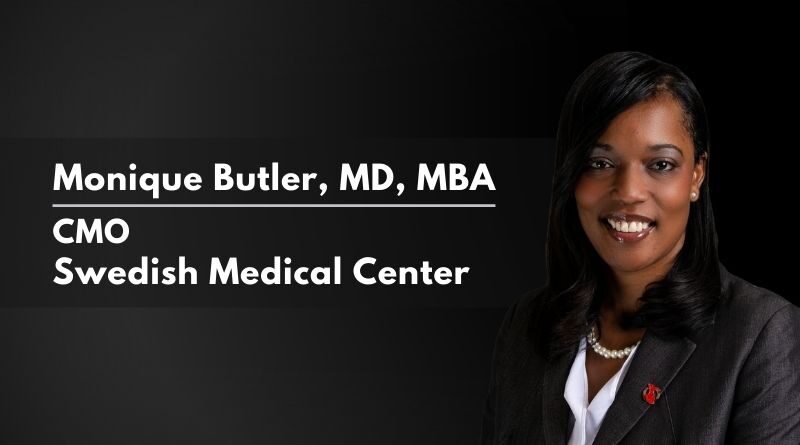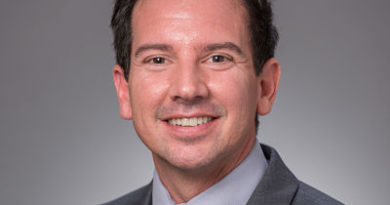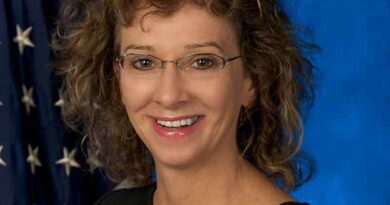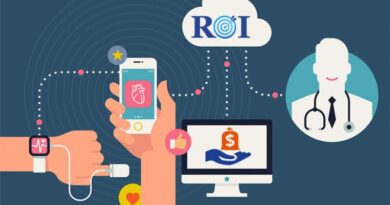Amid Pandemic, Swedish Medical Center Reaches More Patients with Advanced Telehealth
By Monique Butler, MD, MBA, CMO, Swedish Medical Center
Swedish Medical Center has been proud to serve as an essential member of the South Metro Denver community for more than 100 years. The hospital began in the early 20th century with a focus on tuberculosis treatment, but our programs have grown and evolved in the ensuing years. Now a Level 1 Trauma Center and regional referral center, we serve 200,000 patients annually from across the country. A proud member of HCA Healthcare, we are committed to the care and improvement of human life. At Swedish, we understand that to achieve this mission in our increasingly digital world; we must utilize the advanced technology to improve the population’s health. And we have been doing just that by leading the way in using cutting-edge tools and technology to reach patients, regardless of physical location.
A Pioneer in Telehealth
For more than a decade, our team has been using telehealth technology to connect our experts with patients in rural and/or underserved areas. Patients in these areas have little access to the highly specialized care our team provides. We currently serve a 10-state region with 12 telehealth specialties, including telestroke. Our telestroke program is our most extensive program—we have 60 sites across a four-state region. This focus on telestroke is a natural fit for us, as we are the first comprehensive stroke center (the gold standard for stroke care) in Colorado and the Rocky Mountain Region, as named by the Joint Commission. This status recognizes that we provide the most advanced technology, highly specialized staff, and unique training – all of which comprehensive stroke centers must have to provide complex stroke care.
Pandemic Increases Demand
The recent COVID-19 pandemic has allowed us to reach even more patients using telehealth technology, providing our most vulnerable populations access to care while remaining protected at home. Prior to the pandemic, our team averaged 635 telehealth encounters per month. In April 2020, we completed over 15,000 telehealth encounters representing a more than 2,000% increase! We are so pleased to have the experience and systems in place to serve such a vast array of patients during this difficult time. We understand that people have been afraid to visit a hospital physically during the pandemic, but that doesn’t change their need for care— whether preventative, management, or acute. With such a high prevalence of smartphones and comparable technology in nearly every household, we can make this type of care widely accessible. Our doctors have shared with me time and again that telehealth has created an opportunity for more compassionate care. “Meeting” patients in their homes has removed any sense of hierarchy and further humanized care visits leaving patients more comfortable and relaxed. In some cases, we have been able to utilize a remote monitoring platform to observe patient vital signs, allowing us to assess the patient remotely and either have them proceed to the emergency room or to set up a return televisit if we are able to determine the need is not urgent.
Meeting” patients in their homes has removed any sense of hierarchy and further humanized care visits leaving patients more comfortable and relaxed.
Telehealth Saves New Mom’s Life
The statistics and outcomes we see from our telehealth efforts are exciting, but, we love to celebrate the amazing testimonials our patients share at Swedish. One of these impressive stories is from a new mom in South Dakota, Frances Mackey. Mackey was in the waiting room of Spearfish Regional Hospital, tending to her two-week-old daughter when she suffered a massive ischemic stroke. Since the Spearfish hospital is a Swedish telestroke site, the care team at Spearfish was connected with a highly experienced Swedish stroke neurologist who diagnosed the clot and coordinated her care. Mackey received tPA (tissue plasminogen activator, a stroke treatment medication) on-site at Spearfish and then airlifted to Swedish Medical Center to undergo lifesaving thrombectomy. As she told a reporter who covered the story, without the telestroke program and quick-acting doctors, she doesn’t know if she would still be alive to care for her daughter.
Reaching New Horizons in Telehealth
Stories like Mackey’s inspire us to continue to find new technology and expand our outreach programs. Less than two years ago, we began using Artificial Intelligence (AI) to synchronize stroke care. This program is built into a convenient smartphone app that allows our neurologists to review imaging in real-time on their devices. Within seconds, they can diagnose and determine if the patient should be airlifted to Swedish for further treatment or continue care at the current location. The technology reduces treatment delays, which is imperative as every second matters in stroke care.
Within the past year, we have added Telehealth ED, a program that allows emergency department providers in rural areas (often nurse practitioners or physician assistants) to consult with our board-certified emergency department physicians.
During the onset of COVID-19 pandemic, we began using a remote monitoring tool with colleagues and patients who had possible exposure to the virus. The free app is simple to use —patients receive a text message to download the app. After downloading, they answer a few health questions to screen for COVID-19 and enter information related to their symptoms. If symptoms warrant, a nurse reaches out to coordinate the next level of care.
I am excited about how future technology will allow us to serve an even more significant number of people and improve overall population’s health – not only within our Denver metro neighborhood but also throughout the Rocky Mountain region and our nation.



